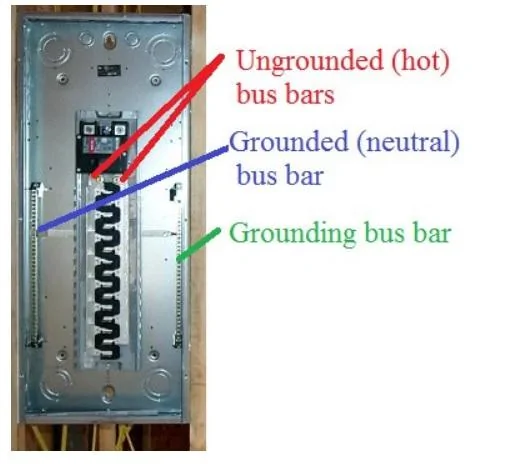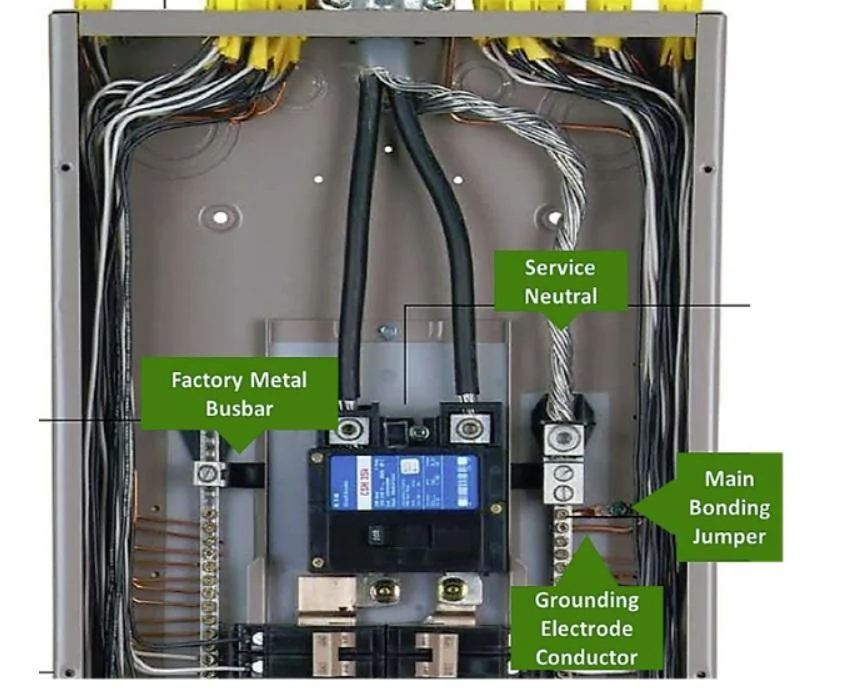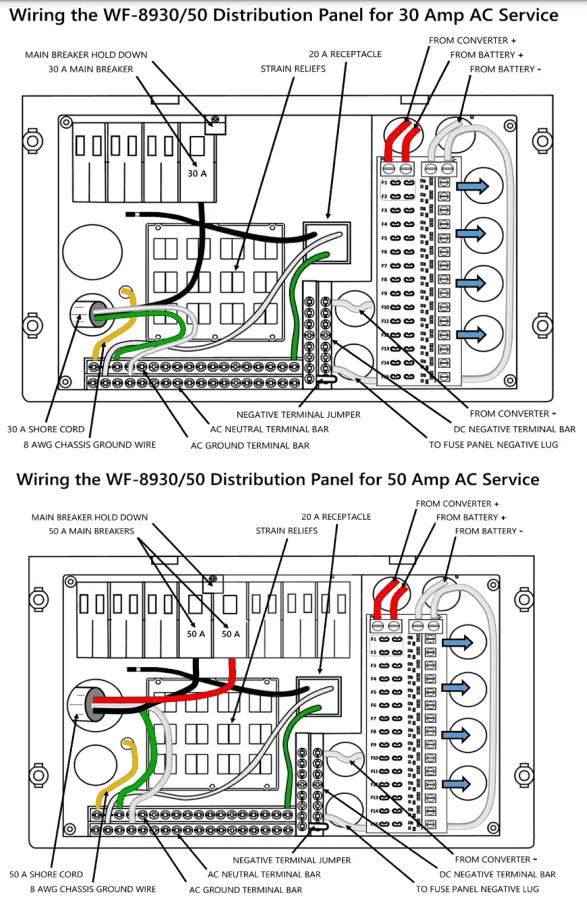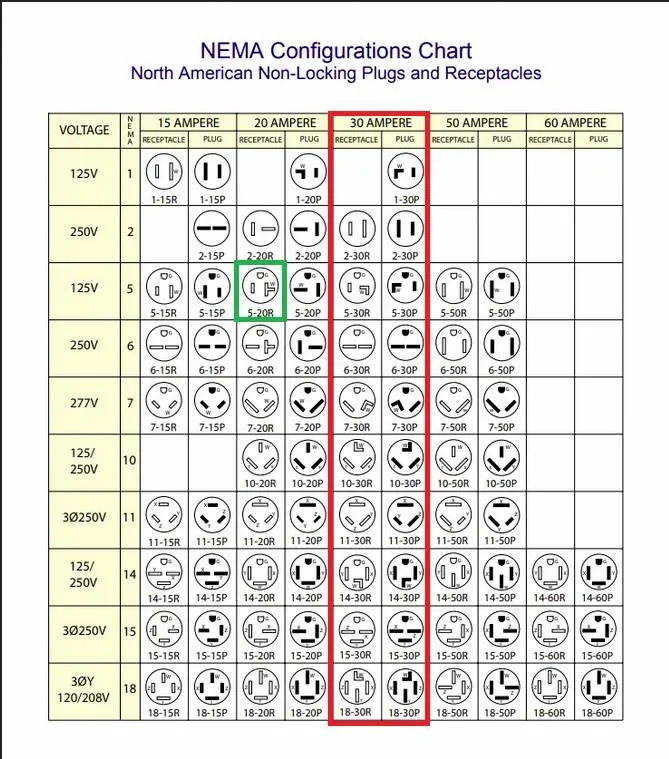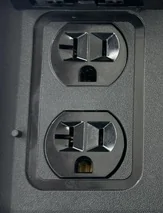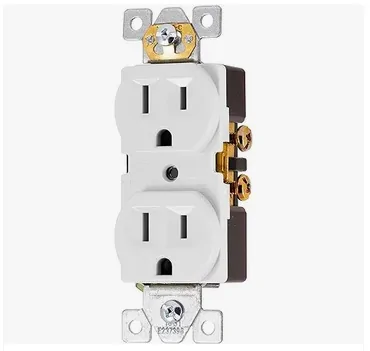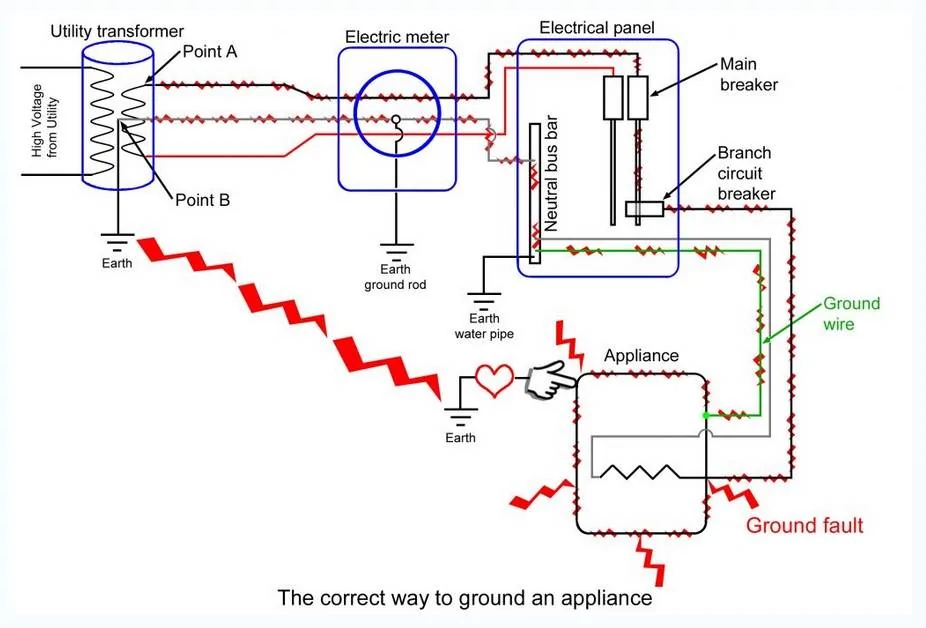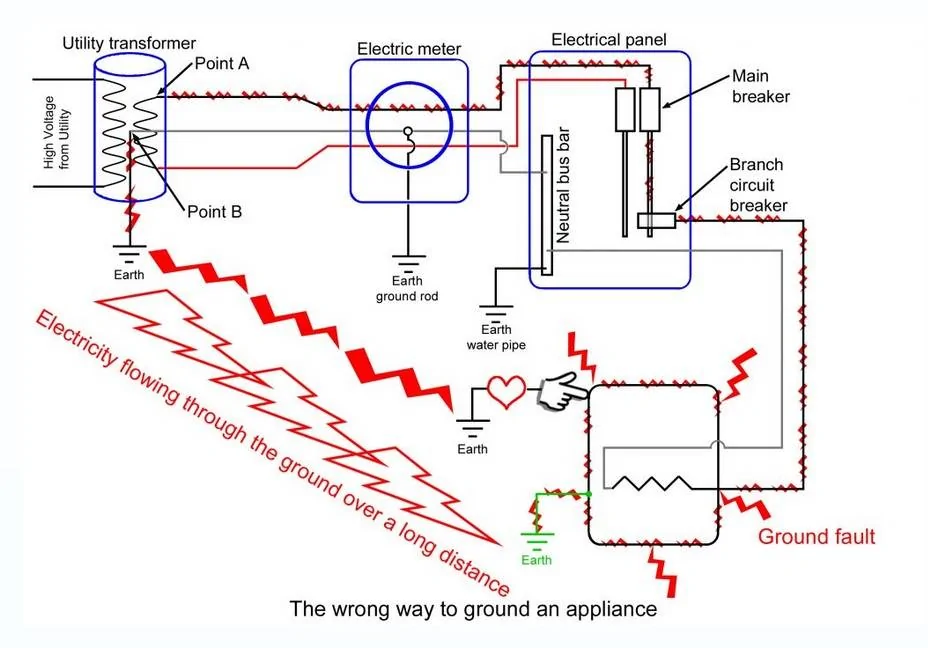chl
Well-known member
- First Name
- CHRIS
- Joined
- Dec 16, 2022
- Threads
- 7
- Messages
- 2,420
- Reaction score
- 1,492
- Location
- alexandria virginia
- Vehicles
- 2023 F-150 LIGHTNING, 2012 Nissan Leaf, 2015 Toyota Prius, 2000 HD 883 Sportster
- Occupation
- Patent Atty / Electrical Engineer
There must be a grounded neutral in the camper causing the problem.also, here's a conundrum I just experienced:
While my LIGHTNING's ProPowerOnboard worked easily and perfectly for my last camper, a typical 30amp 120v model, my new camper causes the truck to 'detect' a possible GROUND FAULT and shuts it off. Strange. But, probably not uncommon, as the WIRING for certain GFCI outlet circuits can 'fight' with the truck's own GFCI internal Ground Fault detection.
So, in the end, no matter how I tried to provide power to the camper, whether thru the 30amp 240v Twist-Lock with an adapter, or via one of the bed 20amp 120v outlets, the system just would NOT accept the power, and would fault... EXCEPT when I completely REMOVED the GFCI circuit from the camper's main panel, including the ground AND the neutral wires, after shutting off the breaker.
The GFCI circuit was causing the Ground Fault interruption.
Interestingly, this single GFCI circuit provides power for ALL of the camper's outlets, both inside and out, with the main outlet RESET unit being in the bathroom.
Although replacing the GFCI outlet with a standard outlet is the answer to allow ProPower to work, I suspect the RV industry would frown on such modifications. This is not an uncommon problem, though, as trying to use my home's exterior GFCI outlet to power the camper was also defeated when the home's GFCI outlet tripped. Using one of my home's 'regular' outlets worked just FINE.
GFCI outlets tend to 'fight' each other, at times. It could be the outlet, or it's internal wiring, or it may just be the wiring scheme within the camper's own Main Breaker panel, too.
Hard to know. and aggravating.
A transfer switch that switches the neutral and hots would solve it like the Generac 6853 for example, about $400 on Amazon.
From the manual page 183:
---
Grounding Type Neutral Bonded
The neutral of the inverter generator is bonded to system ground.
Connecting loads that also have neutral bonded to ground causes the ground fault detection
to trip.
Note: If additional grounding measures are required, consult with a qualified electrician.
---
With two paths to ground on the neutrals, the GFCI trips. The solution is a transfer switch that eliminates the double grounding of the neutral.
From a generator manufacturer's web site I think:
---
If the current flowing through two circuit conductors differs by a very small amount, the GFCI instantly interrupts the current flow to prevent a lethal amount of electricity from reaching the consumer. The consumer may feel a painful shock, but will not be electrocuted.
With ground and neutral bonded, current can travel on both ground and neutral back to the main panel. If the load becomes unbalanced and ground and neutral are bonded, the current will flow through anything bonded to the sub-panel (enclosure, ground wire, piping, etc.) and back to the main panel. Obvious shock hazard!
---
For separately derived systems, manufacturers also offer transfer switches that switch the neutral conductor together with the phase conductors. Using a switched neutral isolates the ground conductor of the unconnected power source to avoid ground current pathway problems. Again, a switched neutral is shown in Figure 1.
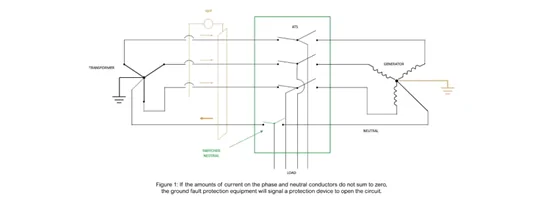
----
It's a common problem for generators with grounded neutrals (bonded neutrals) and the Lightning pro power output is a generator (see manual page 183 reference above).
Sponsored
Last edited:




